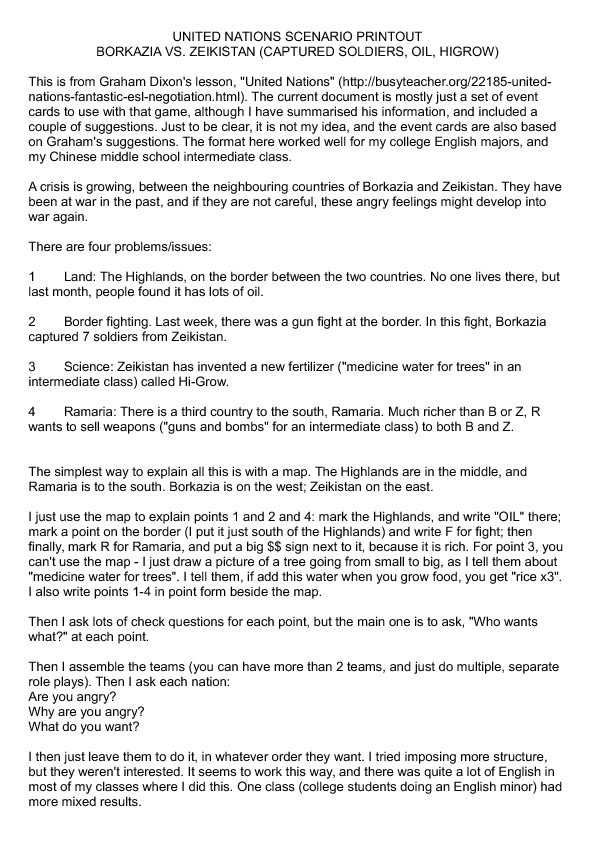

The preferred class size is 12-30 students, but can be run with smaller courses by omitting specific roles or perspectives (i.e., focussing solely on the science and omitting the emergency management component). It has also been run with 200-level students in an earth systems course, but would require several lectures to help students understand more about earthquakes (generally) and their impacts. The role-play is best suited to an upper-division (300-level or above) or postgraduate geophysics, active tectonics, emergency management, or engineering geology. Communicate earthquake event information specific to multiple stakeholders (i.e., homeowners, industry sectors, affected communities, scientific community). Prioritise pieces of information to specific situations and audiences. Have an awareness of audience information needs.Have an awareness of scientists and emergency manager's responsibilities, agendas, and expertise Team structures, hierarchy and protocols and.


#Communication role play scripts manual#
A detailed instructor manual is provided (below) which walks the staff through the entire process of organizing and implementing the role-play. Assessment for the module is typically done through preparation activities (i.e., critiquing of media releases, presentation of an earthquake hazards map) and on-the-day peer- and self-evaluation of performance (via rubrics) during the role-play. It is best suited to a medium-sized (12-40) upper division undergraduate or postgraduate courses with support from several facilitators (instructors and research staff in seismology, active tectonics, engineering, emergency management, and natural hazards). A customised set of Google Earth files show students the infrastructure, geology and other important information of the region, allowing them to make decisions based on real-life datasets. During the role-play, there are four distinct "parts" which can be used as individual activities: Part 1 (a Townhall Meeting) Part 2 (a Media Release, Radio Bulletin and Press Conference) Part 3 (a Panel Discussion) and Part 4 (a Debrief). The activity is supported by pre-activities which are designed to prepare students for the scientific, emergency management, and science communication tasks which are played out in the scenario. The core activity is a 2 to 5-hour face-to-face workshop, where students respond to, manage and mitigate harm from the impacts of a large, regional earthquake, and work together to communicate the scenario to the public and specific stakeholders.
#Communication role play scripts license#
Reuse: This item is offered under a Creative Commons Attribution-NonCommercial-ShareAlike license You may reuse this item for non-commercial purposes as long as you provide attribution and offer any derivative works under a similar license.Ĭommunicate the Quake is a complex role-play, where students play geologists, seismologists, and emergency managers during a simulated earthquake event situated in Greymouth, New Zealand. Provenance: Jacqueline Dohaney, Victoria University of Wellington


 0 kommentar(er)
0 kommentar(er)
